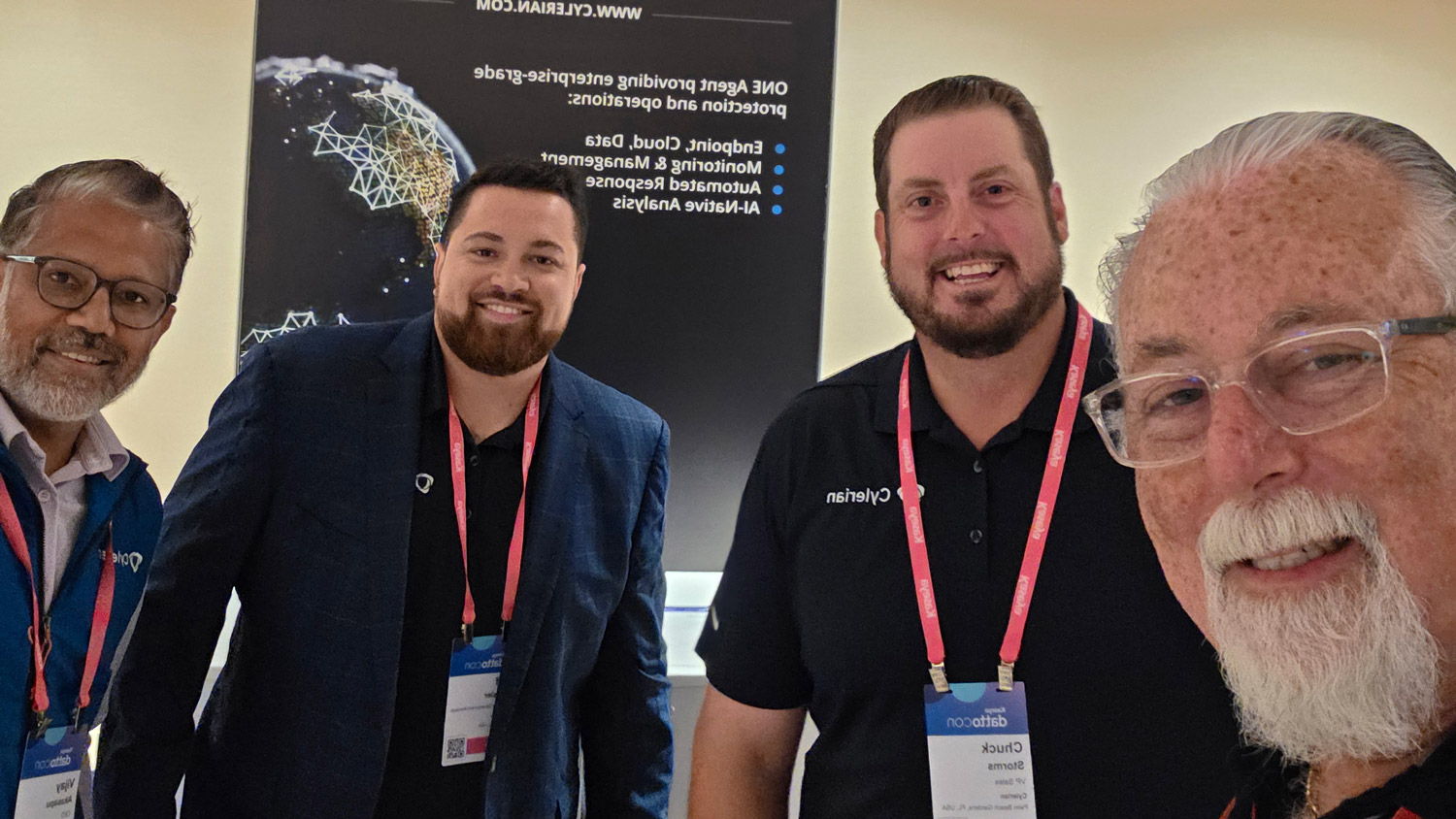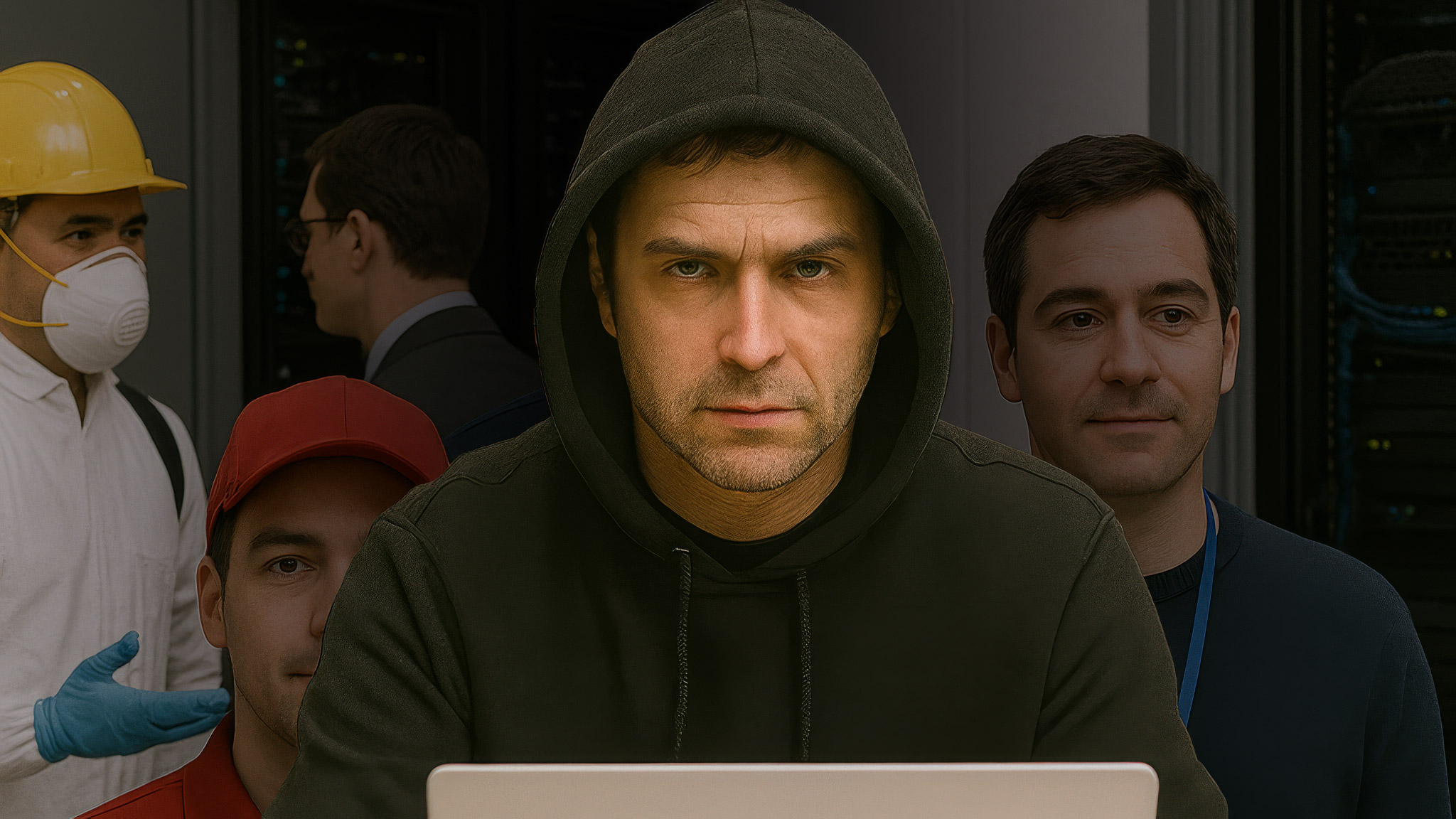The security landscape continues to become more and more challenging as the complexity and number of attacks grow. In fact, according to recent research, network attacks surged more than 20% in Q1 of 2021 alone. As organizations struggle with the sheer volume of security technologies and vendor selection, finding the right solution for the right problem can seem overwhelming. In some form or fashion, complexity seems to be the primary problem when working to obtain security efficacy. When that’s combined with the systemic shortage of security personnel, it’s somewhat of a perfect storm.
However, those very same market dynamics are also driving the need and hyper-growth of managed security service providers (MSSPs). Over the past two years, channel pros have recognized these opportunities and have been working to evolve toward managed security services models. And it’s easy to understand why: The rewards are high from a security efficacy and efficiency perspective, but also financially.
The shift from a managed service provider (MSP) to an MSSP can involve some potential pitfalls, however. Here are five tips to help you avoid them.
1. If you go big, you might go home. Be extremely judicious and prescriptive about what managed security services you plan to deliver. The variety of “”security needs”” is quite frankly mindboggling and it’s easy to get lost in that scope. Focus on an intentionally discrete set of managed security services out of the gate that your current customer base can benefit from. In addition, take a hard look into cash flow management and sales commission adjustments to best meet the needs of the business. Taking a slow approach will help you learn what you don’t know, apply that knowledge, and ensure a more successful offering to your clients.
2. Know the value. Security outcome sits at the intersection of people, process, and technology. Those three vectors need to be completely understood to convey value. Is your value in the choice of technologies? How they work together? The people using those technologies? How your team executes those services? It might be a combination of those, and other answers, but defining that clearly up front is critical. One advantage of partnering with an established MSSP, for instance, is the exposure they have to a variety of customers and situations, which can help them drive best practices (and work within the appropriate legal and privacy frameworks).
3. Security efficacy is not enough.While great security is clearly a must-have, you must deliver your services in a materially better cost-effective manner than competitors (or a customer’s own security department). Operational efficiency is at the crux of this business model. MSSPs need a better service at a better price point, all while still managing profitability. The journey is full of sinkholes that can sidetrack customers and redirect revenue. Areas to focus on are flexibility to buy, ease of management, and a single vendor to support your customer base. Look for vendors that understand revenue shifts cannot happen overnight when transitioning to the new model. For example, are they willing to help you buy products and services monthly without signing a lease or a contract? Similarly, reducing your vendor stack improves efficiency and efficacy in managing platforms for your customers.
4. One too many models. This tip is critical, but at times (painfully) underrated. An MSSP is not the same as a company that does security outsourcing deals (either outsourcing on customer premises or remotely). The economics are different, the differentiations are different, and the expected profitability is different. MSSPs need to envision, operate, and deliver a service under the “”one-to-many model.”” That means there needs to be a high degree of replicability and transportability, which helps find the value-add, differentiation, and operational efficiency. This does not mean you can’t adapt to different customer situations, but it does mean you need to hone the model.
Consider what it costs today to run your technical staff for a variety of customers. For example, what’s the cost of a truck roll and/or how much time is needed with clients? With an MSSP format, selling consistent packages allows for consistent support. Upfront costs of this model will reduce over time as technical support remains consistent and as recurring revenues increase. Being able to manage 99% of a customer’s needs from your office, by engaging vendors with cloud management platforms or remote installation, will bring profitability more quickly.
5. Every action has an impact, especially when selecting partners. Few companies can put the people, process, and technology together in a compelling format. And a channel partner, by definition, has existing relationships with vendors. When migrating to an MSSP model, having the right vendors matters. Do they have the technology portfolio to support your managed service (today and tomorrow)? Are the products or services designed with the MSSP’s needs in mind? Are they multitier, multitenant, deliver easy and centralized service provision, and offer enhanced manageability? These types of considerations can either support or hinder your value add, differentiation, and profitability. Moreover, does a vendor have a business model that supports your new business model, such as subscription-based billing, pay as you go, service provisioning elasticity, and more? While technology is key, the business models and commitment to MSSP-first should weigh heavily in your consideration.
There are tremendous opportunities for MSPs that adopt a managed security model. But this shift is a transition, not only in the way you deliver value to customers, but also in the many intrinsic aspects of the business model. Before starting this journey, think about the implications to the existing business. Be judicious and deliberate on what the value is. And chose your partners wisely.
MARK ROMANO is director of worldwide channel and field marketing at WatchGuard Technologies, responsible for the health, growth, and diversity of WatchGuard’s distribution and sales channel. Romano leads a team of over 15 channel and field marketing professionals to recruit, onboard, and manage WatchGuard’s partner community while ensuring success every step of the way. A veteran of the technology industry, Romano brings over 20 years of experience in positions ranging from product manager to director of marketing for companies including WatchGuard, Hewlett Packard, Dell, Hitachi and Motorola.













